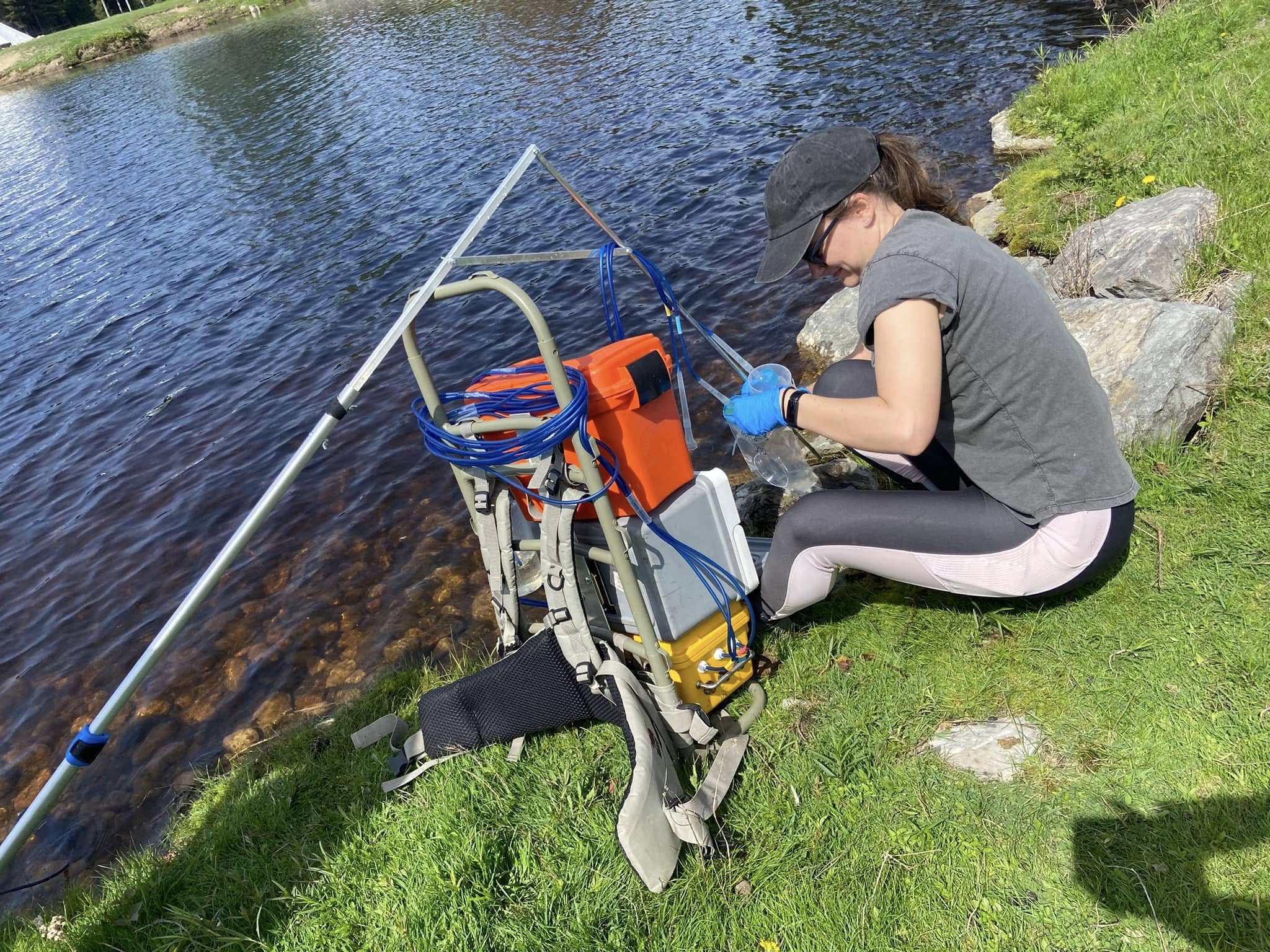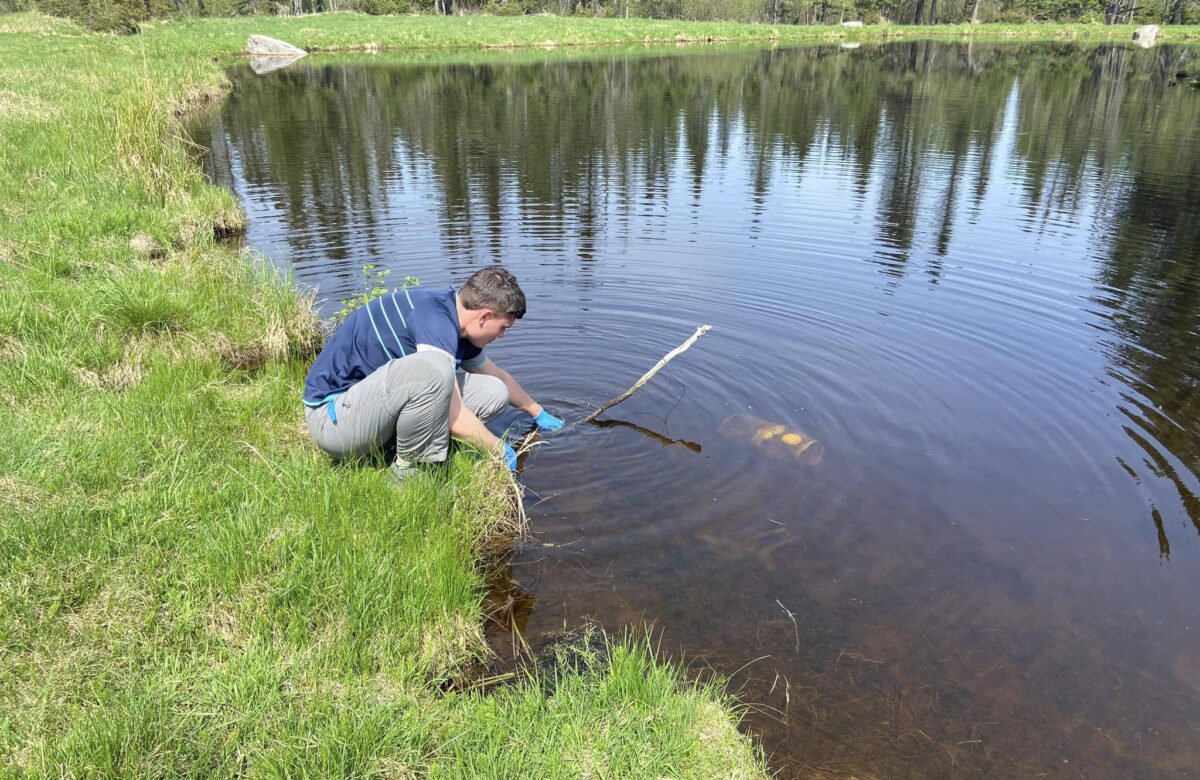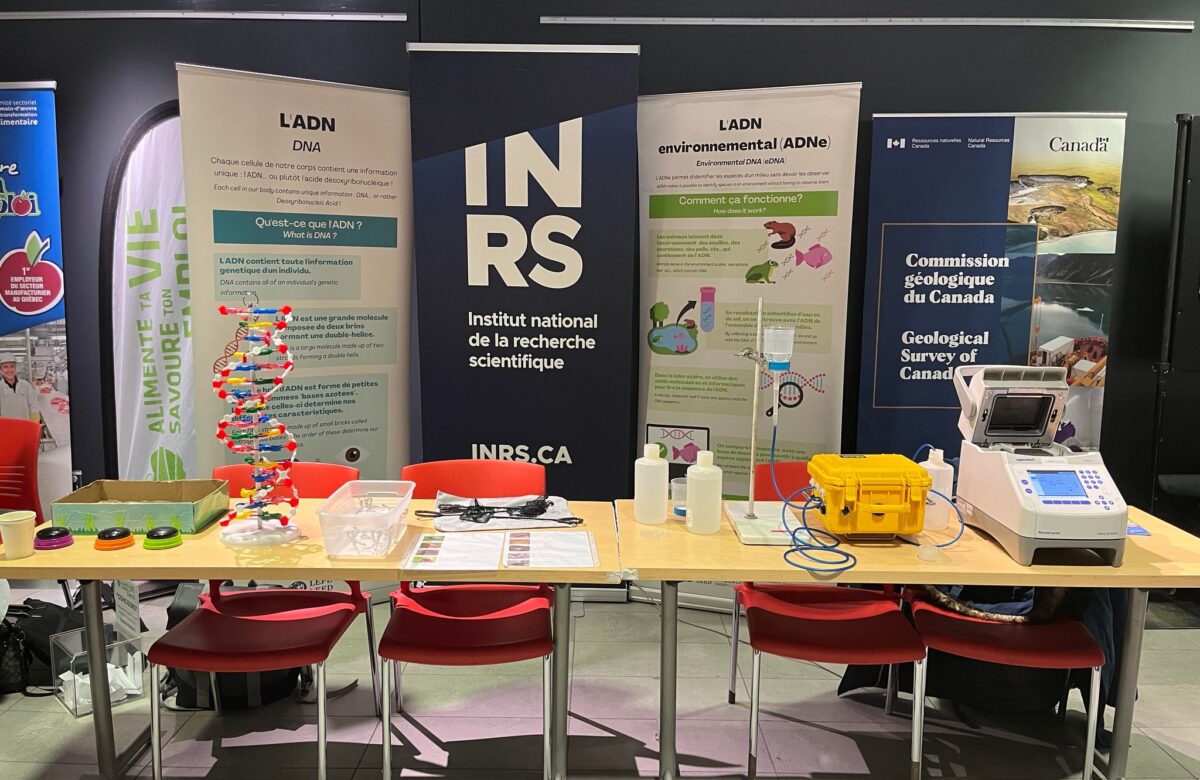- Research
-
YOU ARE
- Community member
- Future Student
- Student
- Professor
- Alumni
- Media
- Guidance counsellors
- INRS retiree
- Contact Us
- Newsroom
- Careers
- FR
-
Studies
We teach the next generation of researchers to develop scientific, social, and technological innovations.
-
Research
We find solutions through interdisciplinary research and industry or public and community partnerships.
-
INRS
We play an active role in Québec's economic, social, and cultural development.
This new group will oversee an innovative technological method for analyzing and conserving biodiversity.

Creation of a new scientific group to support the development and use of environmental DNA (eDNA),
In September 2025, the Quebec Environmental DNA Table (TAQ) was launched under the leadership of the Institut national de la recherche scientifique (INRS). This new scientific group will support the development and use of environmental DNA (eDNA), an innovative tool for protecting species diversity.
Earlier this year, Professor Valérie Langlois of the Institut national de la recherche scientifique (INRS), Professor Hugo Asselin of the Université du Québec en Abitibi-Témiscamingue (UQAT), and several partners secured financing from Genome Canada and Genome Quebec to set up this new consortium.
“The TAQ will be a one-stop shop for access to standardized protocols, training tools, collaborative networking, and knowledge-sharing among the various parties”
Professor Valérie Langlois, Director of the TAQ.
To achieve this, the TAQ will bring together stakeholders from across the province, with researchers, private and public organizations, and First Nations representatives expected to take part in the discussions.
What is environmental DNA?
All living organisms leave traces of their DNA in the environment, which are then found in water, soil, and air. These traces are what scientists refer to as “environmental DNA.”
With just a few liters of water collected from a given area, therefore, scientists can determine which species are present. By avoiding the need to interfere with or even capture species to detect their presence, eDNA offers a powerful and non-intrusive way to analyze biodiversity and ultimately ensure its conservation.



Thanks to this innovative technology, it is possible to detect the presence of invasive species, observe the effects of climate change on biological communities, and monitor changes in a natural area in real time.
Better regulating human actions on the environment
In a broader application, eDNA also enables informed policy decisions to be made on environmental protection and whether or not building permits can be issued in certain areas.
“Through this initiative, Quebec is asserting its leadership in environmental innovation and contributing to the advancement of global scientific knowledge”
Isabelle Delisle, Scientific Director of INRS
For this reason, it is essential to establish province-wide standards pertaining to the use of this tool. This is among the core objectives set by the TAQ.
Share
